The surf break is the zone - or lineup - where waves start to break. Take a look at the five main types of surf breaks and their characteristics.
Every surfer has a dream wave, an idyllic warm water location where waves form and peel perfectly down the line as if they were sent from heaven just for us.
In the real world, however, things can be a little bit underwhelming. Even perfect surf spots have their bad days with closeouts, long flat spells, and ultra crowded lineups.
There are mainly four types of surfing waves breaking in three essential environments - beach breaks, point breaks, and reef breaks. However, you may also introduce two extra additions to the list - river breaks and artificial breaks.
Different sea bottoms and the local topography create different waves. When swells arrive after traveling thousands of miles, they start "feeling" the seabed and eventually break. Let's analyze them one by one:
The Beach Break
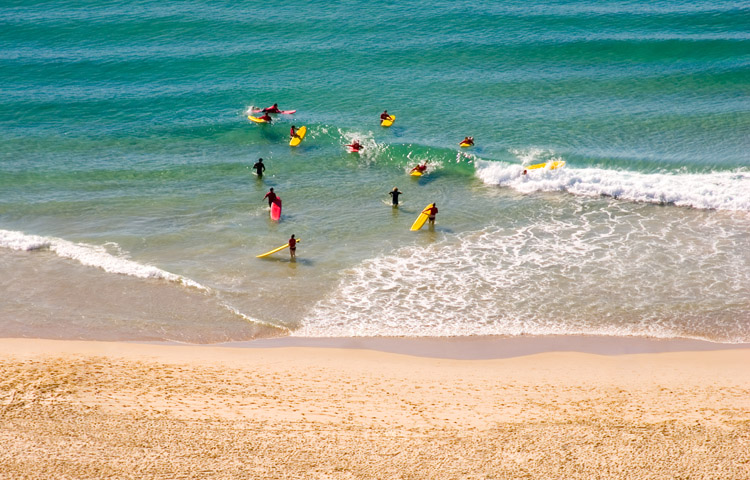
A beach break is the most common lineup. It is a surf spot where waves break over sand. They deliver mellow waves for beginner surfers to learn to surf, and powerful waves and pounding shore breaks for advanced riders as well.
At beach breaks, peaks are continually moving from one week to another, as the sandbars shift around the ocean floor from one side to another with the currents, swells, and tides.
Beach breaks require less swell to deliver good waves and display more consistency than other types of lineups.
Nazaré and Supertubos (Portugal), La Gravière (France), Puerto Escondido (Mexico) are some of the most popular beach breaks in the world.
The Point Break
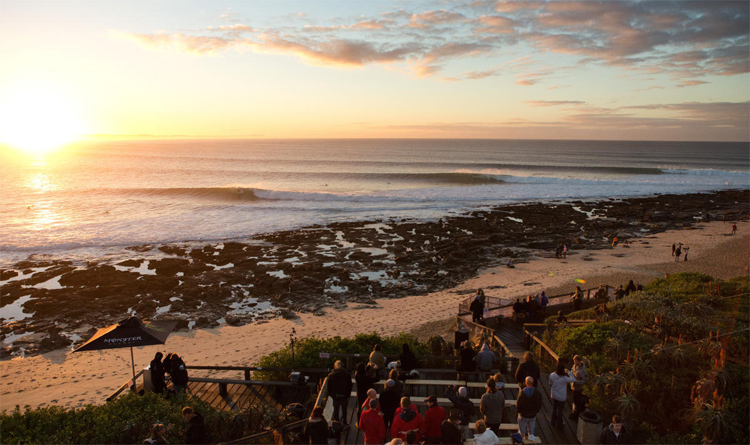
A point break is a surf spot where waves bend along a rocky headland or point or into curved shorelines like a natural bay and peel either to the right or left.
It allows for long and racy rides, but are generally not suitable for first-timers. High-quality point breaks are rare because they depend on the combination of swell angle and wind speed and direction to deliver pristine surfing conditions.
Paddling out at a point break is relatively easy because you can always move around the breaking wave.
Jeffrey's Bay (South Africa), Bells Beach and the Gold Coast (Australia), and Rincon (California) are some of the most popular point breaks in the world.
The Reef Break
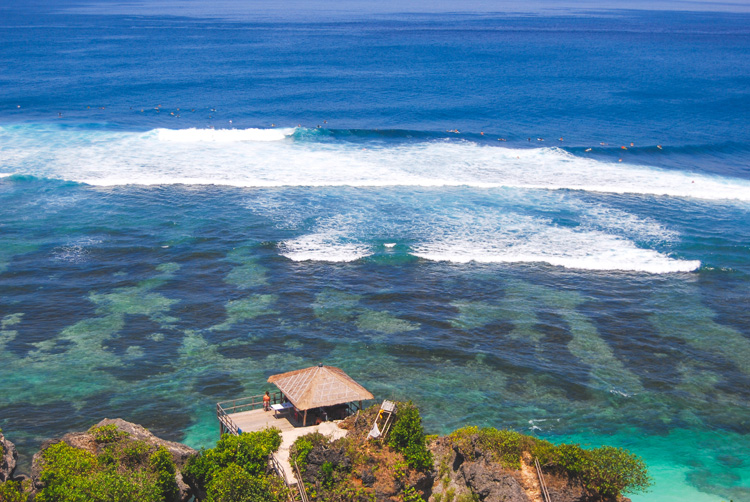
A reef break is a surf spot where waves break over cobblestones, rocks, or coral seabeds. It is considered the most demanding break of all because they're extremely shallow and can cause unpredictable consequences.
They are more common in tropical surf destinations and often provide reef passes or deep channels for safe paddle out. Reef breaks often pump perfect barreling waves, which break in the same spot.
Before surfing at these locations, surfers need to make sure they know where razor-sharp areas and caves or holes are before catching their first wave.
Pipeline (Hawaii), Teahupoo (Tahiti), Cloudbreak (Fiji), and Macaronis (Indonesia) are some of the most popular reef breaks in the world.
The River Break
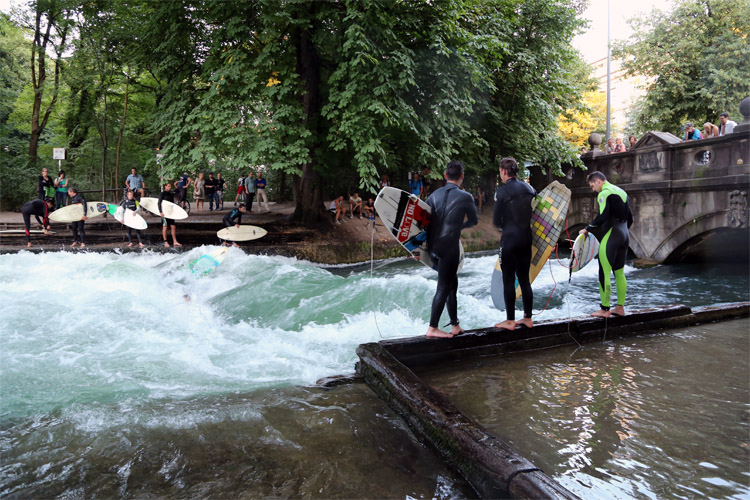
A river break is an inland surf spot where water flows over a bottom contour that shapes the wave (sheet flow wave), or in a place where waves form when fast moving water slows down because of the water downstream (hydraulic jump wave or tailwater).
River breaks can be permanent or occasional depending on the surrounding conditions and are usually located at a river mouth, deep inside a river gorge, or under a bridge.
Eisbach River (Germany), Snake River (Wyoming), and Bend Whitewater Park (Oregon) are some of the most popular river breaks in the world.
The Artificial Surf Break
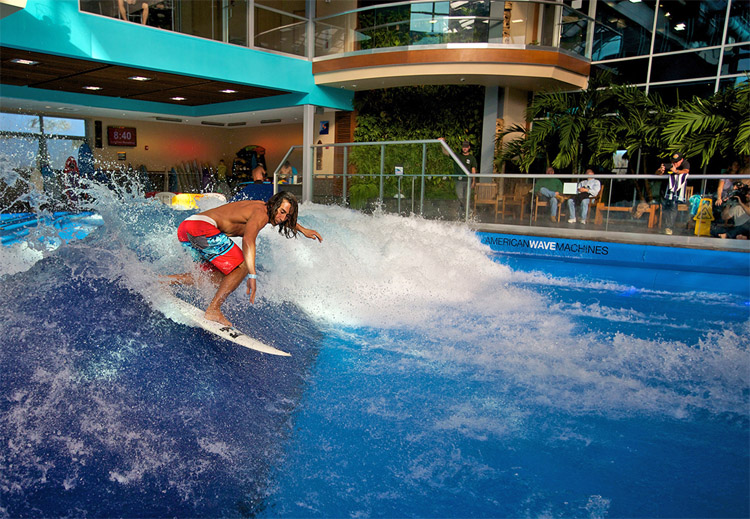
An artificial surf break is a surf spot created in a human-controlled environment such as a pool, amusement parks, water lagoons, or wave machines. There are two types of waves generated by technology - standing waves and peeling waves.
In standing or stationary waves, the surfer can theoretically enjoy an endless ride; in peeling waves created in a surf pool, surfers catch a wave and ride it for around 30-50 seconds.


